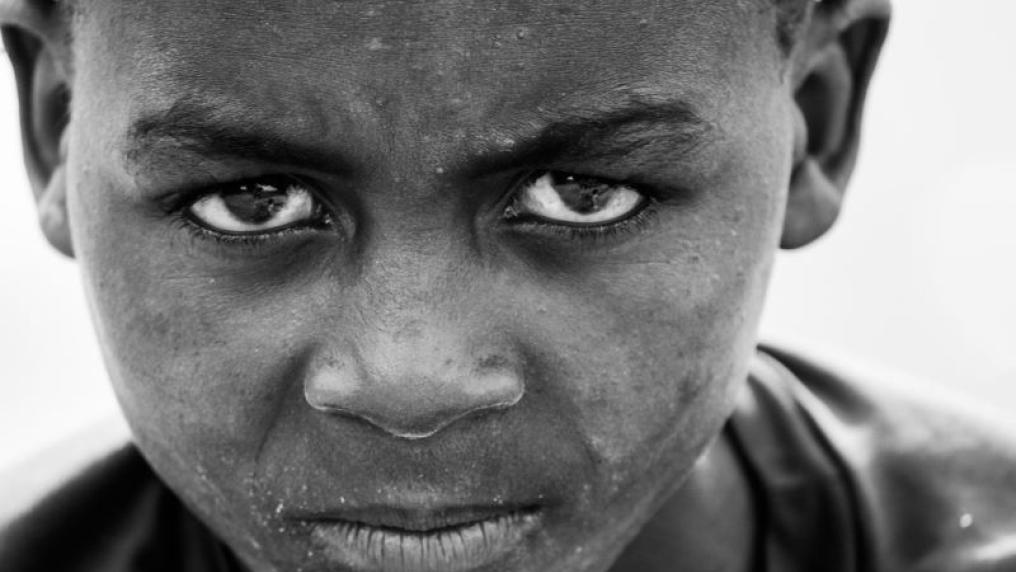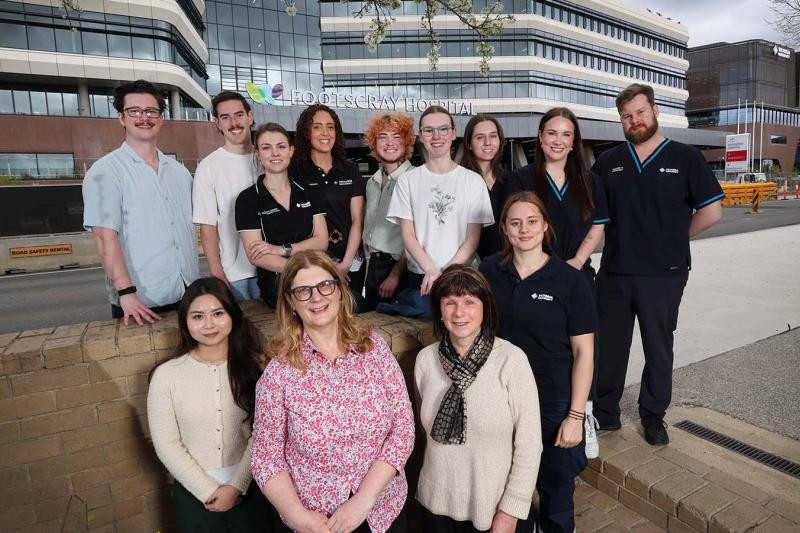Targeted interventions can improve future of world’s most vulnerable

Targeted spending on health and education for young people in the world’s poorest countries could yield more than ten times that amount in social and economic benefits, a UNICEF report led by Victoria University finds.
Economic modelling from the United Nations and VU’s Victoria Institute of Strategic Economic Studies were used to provide quantitative evidence for the report Investment Framework for Teenagers in Burundi, aimed at guiding policies, programs and budgets of government decision-makers, and lifting financial support of international donors.
It estimates about US$300 million is needed to fund targeted programs for the African country of Burundi, not a large sum in a global context, but significant for a nation with an under-developed economy, says lead author Professor Bruce Rasmussen.
$13 for every $1 invested
The report found that for every US dollar spent on interventions addressing maternal and childhood issues, HIV/AIDS, malaria, tuberculosis, and non-communicable diseases – which together make up Burundi’s major health problems for young people – Burundi would reap benefits of US$13.
While the report used Burundi as a case study, the implications for the rest of the world are significant since Africa will play a major role in a massive demographic shift that is expected to see the world’s youth population increase by more than 100 million people over the next decade, says Professor Rasmussen.
The report focused on Burundi’s rapidly growing 10-to-19-year-old population, who comprise nearly one-quarter of the country’s 12 million residents. This group is growing faster than any other in Burundi, and is seen as the key to its economic and social development.
“Burundi needs to invest urgently in the health and education of ‘Generation Next’ to give them a chance of participating in the world economy and building a stronger, more stable Burundi. The cost of not doing so will be a lost generation of young people, with all their potential unfulfilled,” he says.
Since many young people in Burundi have low education and skills, and live largely in agricultural economies, ill health, migratory pressures, malnutrition, and internal conflict can diminish the country’s overall prospect of sustainable economic growth unless targeted interventions are quickly implemented, he says.
“Whether the economy will catch up and be fit to face 21st century challenges will be determined by improving the country’s level of education, skills and training; reducing fertility rates; lifting agricultural productivity; and expanding into the services and manufacturing sectors,” he says.
Health outcomes
Modelling shows targeted health interventions in Burundi would by 2030:
- improve fertility control for girls aged 15-19, reducing the number of births by 38,700
- reduce 1,361 stillbirths and 1,580 newborn deaths to adolescent mothers
- save 16,842 female lives due to cervical cancer
- save 6,302 adolescent lives due to tuberculosis
- avert nearly 15,000 adolescent deaths
- save 1,500 adolescent lives due to road traffic injuries
- result in 5,798 fewer adolescents with serious disability
- avert 1.96 million cases of morbidity (overall disease, injury or disability).
Education outcomes
Only about 10% of young people in Burundi complete secondary school. Interventions to address high dropout rates at school and learning gaps indicate that vocational education and training is a priority. The interventions focus on four major risks affecting education: poverty, marital status, female gender, and rural locations.
Targeted interventions include improved school supply for rural areas, enhanced use of technology, cash transfers to poor students, improved remedial education, and importantly, preventing early marriage among young girls.
Modelling for targeted education interventions show that by 2050:
- 53% of females and 50% of males would complete secondary school
- only 12% of girls and 14% of boys would drop out at primary school, compared to a current rate of 28% for both genders.
The cost of COVID on the developing world
In a separate study for the United Nations Population Fund estimating the cost of effectively eliminating child marriage by 2030 in accordance with UN Sustainable Development Goals, Professor Rasmussen and a team of international researchers showed that up to 13 million additional girls would be married off in some of the world’s poorest countries over the next 10 years.
That is because the elimination path would be slowed down due to the COVID pandemic.
“Poverty is one of the biggest motivators for child marriages, and most of these countries will experience COVID-impacted jobs losses and economic downturns. It could take up to two years before staff return to cancelled or disrupted intervention and education programs, and funding is restored,” he says.
Reducing early childhood marriage is also linked to developments that have safeguarded women and girls from unwanted pregnancies and being subjected to domestic abuse, including female genital mutilation.
The United Nations has described the consequences of COVID-19 on the rights and health of women and girls in developing countries as a ‘shadow pandemic’ alongside the actual pandemic.



